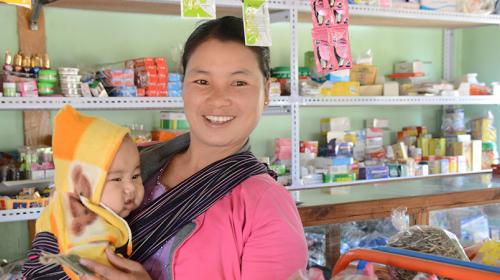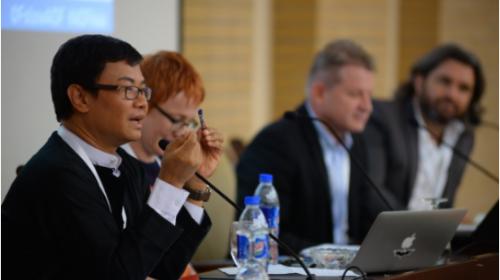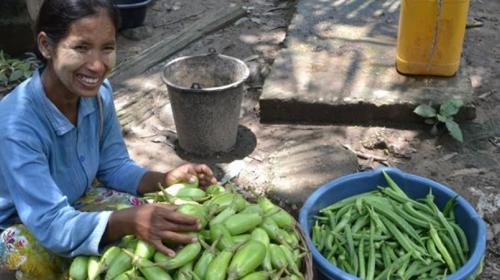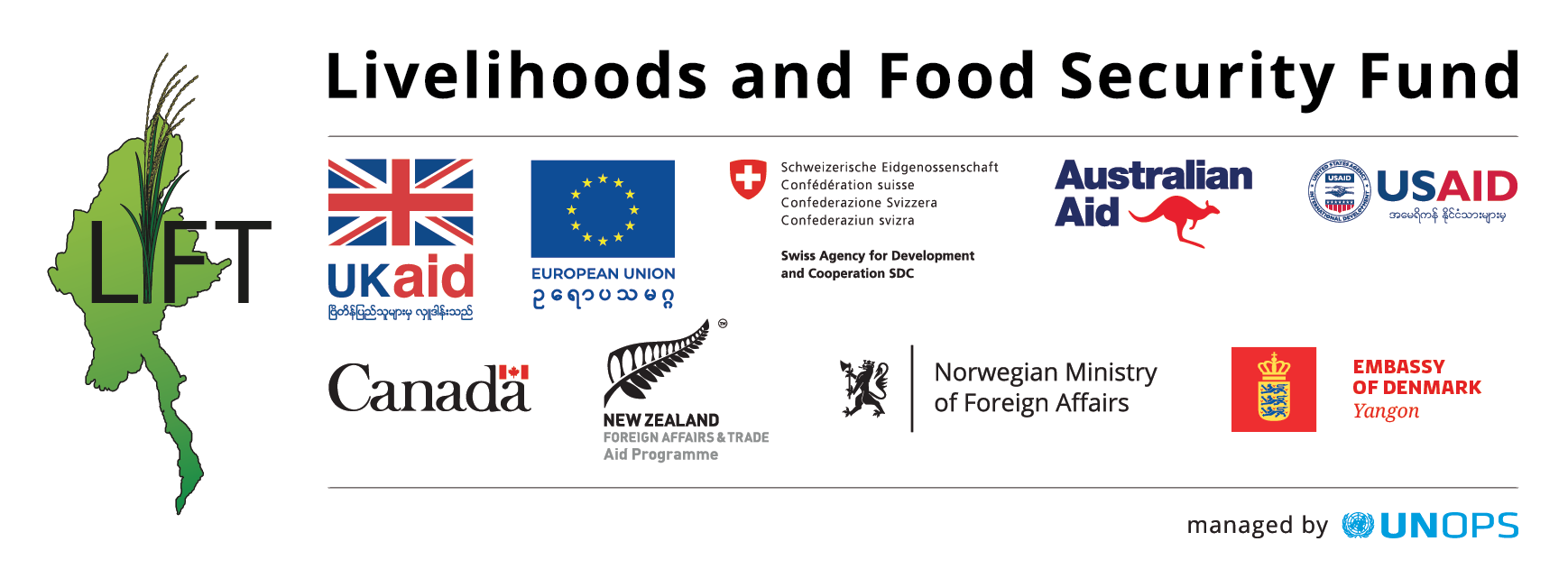
The official launch of the Basic Financial Literacy Booklet was held in Nay Pyi Taw on August 12th. At the event, the Deputy Minister of the Ministry of Planning and Finance, U Maung Maung Win delivered the key note speech and the Director General of Financial Regulatory Department (FRD), Dr Sandar Oo provided an update on the progress of Myanmar’s microfinance sector. Members of the microfinance business supervisory committee, development partners including EU, LIFT, UNDP, UNCDF, IPC, microfinance institutions, staff of FRD were in attendance.
The Basic Financial Literacy Booklet has mainly been developed for rural communities and is presented in an easily understandable format through the use of cartoons and mock-up stories that address the solutions and coping mechanisms for household level financial issues.
“In Myanmar, young adults have the lowest levels of financial literacy. This is reflected by their general inability to choose the right financial products and often a lack of interest in undertaking sound financial planning. Both women and men need to be sufficiently financially literate and to effectively participate in economic activities and to take appropriate financial decisions for themselves and their families”, noted the Deputy Minister of the Ministry of Planning and Finance in his speech.
The United Nations for Capital Development Fund (UNCDF), in partnership with LIFT, developed the Myanmar Financial Sector Roadmap (2014 – 2020). The Government of Myanmar announced its agreement over the roadmap at the first ASEAN Financial Inclusion Conference in November 2014, and the Ministry of Planning and Finance has been acting as the focal Ministry to implement it since. Under the chairmanship of the Deputy Minister of Planning and Finance, representatives of relevant Government departments and development partners formed a steering committee for the implementation of the roadmap. LIFT is a member of this committee.
The first steering committee meeting was held in June 2015 and the committee developed a short term action plan based on the financial sector roadmap to be implemented within 18 months. One of the activities is promoting financial literacy among low income households. At the request of the Ministry, LIFT funded the design and production of the Basic Financial Literacy Booklet which fulfils the utmost need that has to be addressed as the financial sector roadmap recommends.
“LIFT financed this because it is such a vital first step on the long road ahead of developing the financial sector in Myanmar. This cannot happen without the joint effort of all our steering committee members, and naturally with the guidance of the Ministry”, says U Myint Kyaw, Programme Specialist (Rural Finance and Value Chains Development) for LIFT.
LIFT contracted the IPC consultancy firm from March to July 2016 to design and create the booklet. In consultation with steering committee members, IPC conducted key informant interviews with the 12 microfinance institutions across the country and 65 rural communities in Kayah State, Ayeyarwady and Magway regions. The findings and draft booklet was then presented to FRD, LIFT and the steering committee in a workshop where feedback could be given. The final booklet covers a variety of useful topics for households from getting loans, choosing a financial service provider based on individual need, and how to allocate budget based on business plans.
“The financial sector is developing in a dynamic way and the financial literacy programme must be distributed to the people. It is not a one-time process and we will have to continue despite changing circumstances. Now, this is a good start. With the support of the LIFT Fund and concerted efforts of IPC and other stakeholders, we have created this Financial Literacy Booklet which is certainly beneficial for the clients for proper choice of financial services and use of finance smartly”, Dr Sandar Oo said.
LIFT will print 10,000 copies of the booklets and the Ministry will print a further 60,000 copies and distribute to communities through microfinance institutions, private companies, and selected Government departments.
Soft copy of the booklet is available here.





